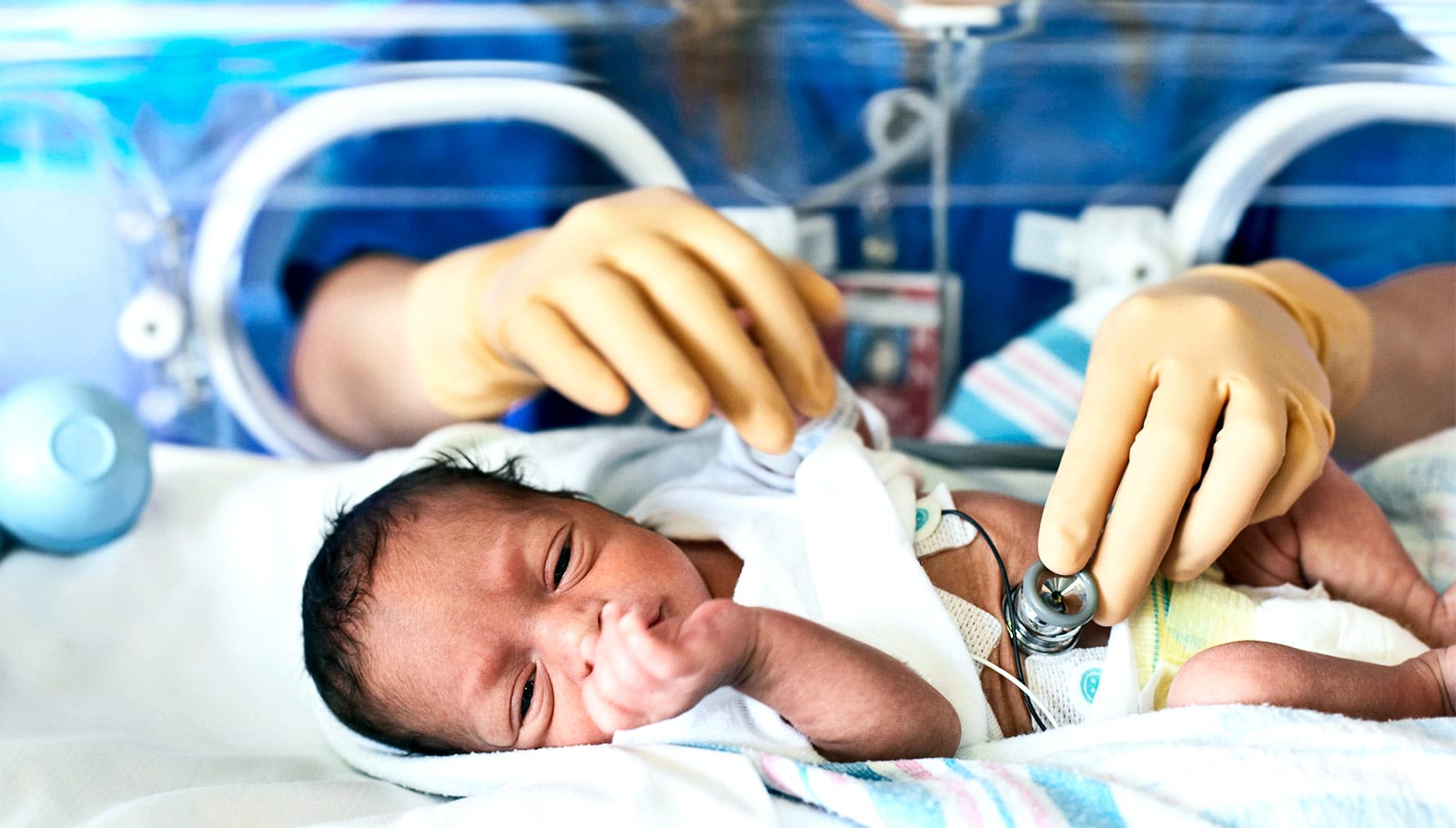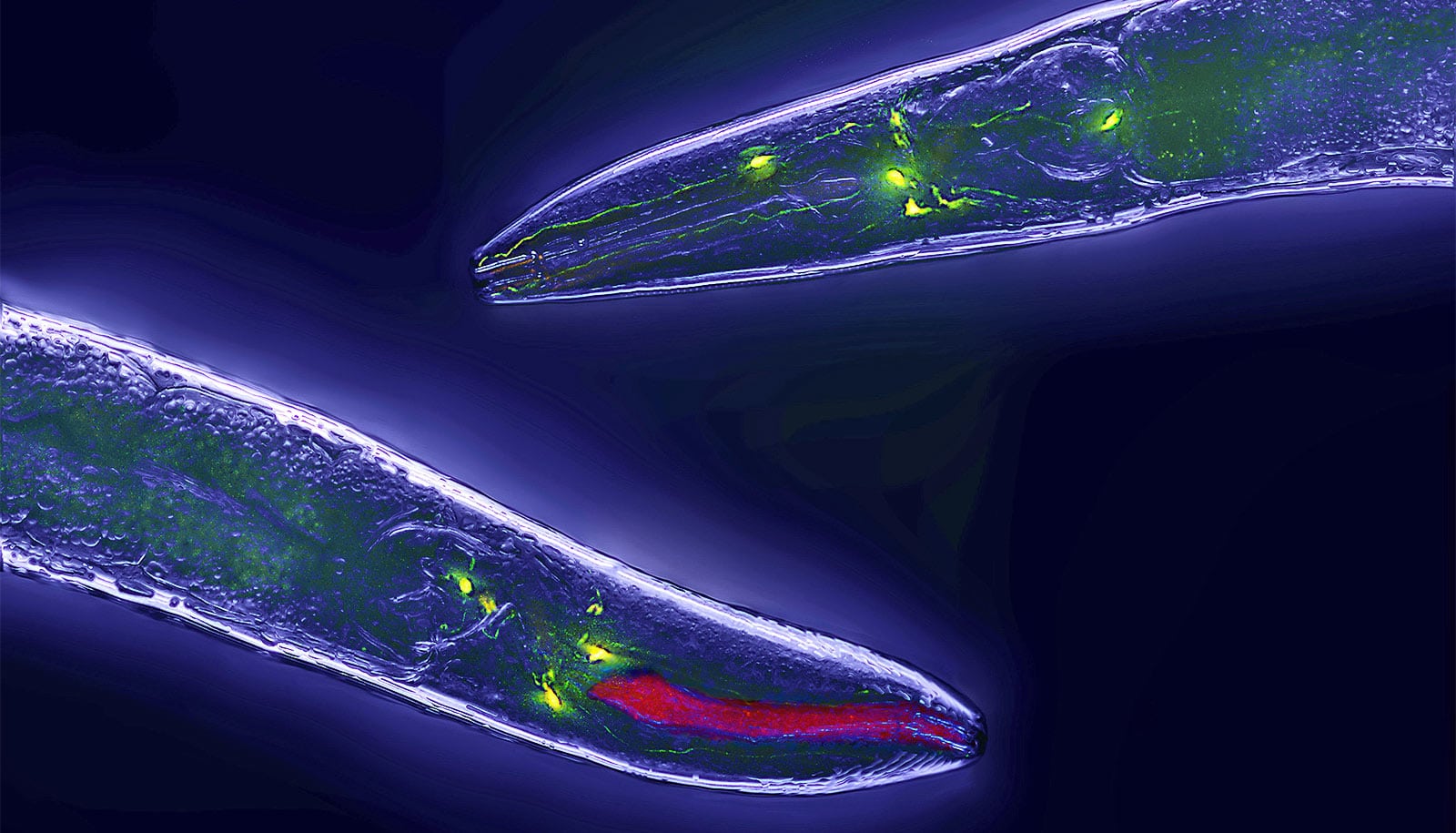New research identifies how natural killer cells prepare the womb for pregnancy.
First the researchers discovered that the uterine natural killer cells remodel and refresh the lining of the womb at the time of embryo implantation. This is the first time a role for uterine natural killer cells in the lining of the womb has been identified outside of pregnancy.
In addition, they discovered that this process isn’t always balanced in each cycle.
The natural killer cells perform the role of targeting and clearing inflammatory stressed cells, thereby making space for the implanting embryo. However sometimes not enough of these cells are cleared away and sometimes too many are targeted and removed. Excessive inflammation or insufficient clearance by uterine natural killer cells makes miscarriage more likely.
“A good analogy is Swiss cheese: without holes, the embryo has nowhere to go which will cause implantation failure; but if the holes are too large, the tissue will physically collapse and lead to miscarriage,” explains lead author Jan Brosens, a professor based at the Division of Biomedical Sciences of Warwick Medical School.
This imbalance, which may be short-lived or last for multiple cycles, explains the high rate of early pregnancy failure, yet high cumulative live-birth rate that characterizes human reproduction.
“Patients suffering recurrent IVF failures or miscarriages, as well as their treating doctors, often refer to this phenomenon as the ‘numbers game,'” adds Brosens.
They based their research, published in eLife, on large amounts of experimental and observational data, including an analysis of 2,111 endometrial biopsies donated by women who have attended the Implantation Research Clinic at UHCW NHS Trust.
The research team examined the acutely stressed (acutely senescent) cells in the lining of the womb that generate tissue inflammation necessary for embryo implantation. They found that the natural killer cells that are in the womb perform the important function of selectively targeting and eliminating acutely stressed cells. They perform this as the cycle progresses.
Also the researchers’ data suggest that acutely stressed cells in the lining of the womb are responsible for generating the elusive “implantation signal” in the human uterus.
Brosens adds: “We hope in the future this new information will be used to screen women at risk of reproductive failure. Furthermore, our findings suggest new treatment options for women suffering recurrent miscarriages or recurrent IVF failure.”
The team, researchers from Warwick Medical School and University of Warwick’s department of computer science; Juntendo University (Japan); the University of Cambridge; and Duke-NUS Medical School (Singapore) received funding from Tommy’s National Miscarriage Research Centre and UHCW NHS Trust.
Source: University of Warwick



